Part 1: Natural Bait - The Classic Approach
New Zealand, well known for its rugged coastline, stands out as an enjoyable and rewarding method for those into their fishing. The beauty of it might be the sights, the fish able to be caught, or simply just the walk in, whatever it is, you do not need to be a fishing guru to experience any of these. As most of the coastline is relatively accessible by vehicle, literally anyone that can walk a short distance can get out there and give it a crack. All you need is a rod, reel, and whatever method you want to use on the day. To keep things simple, we have broken this into 3 separate posts covering 3 main categories: Bait fishing (i.e using pilchards/squid/mullet etc), Soft baiting, and Topwater fishing / Livebaiting (specifically for kingfish)
In this post we will cover fishing with bait and berley. So, grab a coffee, settle in, and have a read through as you never know, you might just pick up a couple of tips along the way.
Safety:
This is the number one priority team. If it is dangerous, don’t go! No fish is worth your life so if you are uncomfortable with the sea or weather conditions, delay your trip, or, find another location within your means.
Life jackets: While some see life jackets as not important while off the rocks, they certainly are. Too many people lose their lives each year while fishing, it is a simple piece of equipment that is relatively inexpensive that could save your life. Gone are the days of bulky life jackets, you can now purchase slimline inflatable lifejackets which can be worn over top of your clothes. They take up hardly any room and you never know when you might need them.
Tell someone where you are going: If you are heading out on a mission early, or, going to be back after dark let someone know. A 30 second phone call or text will put your loved one’s minds at ease.
Gear: Firstly - A backpack, or even better, a hiking pack. Trust us, we’ve learnt the hard way, you want your hand’s free as much as possible especially when navigating rocks. Take a decent sized pack which holds your bait/berley and any terminal tackle or clothing you require. Even better if it holds your fishing rod(s)! Remember, you need to take your fish back out too so have something to put them in, your arms will thank us later.
Rope! and a spare berley bag or 2, usually 6-10mm rope is sufficient however if you are going to be on rugged rocks then 10-12mm rope is better.
Speaking of rods, a 10-15kg or even 15-24kg rod, around 8-10 feet in length, paired with a robust reel and a strong monofilament or braided line, forms the backbone of this reliable setup. In terms of rig, if there is any form of kelp around, we recommend keeping things ultra simple and using a strayline method. This includes: 1x 6/0 hook or bigger, 1.5m of 40-60lb leader, 1x swivel.
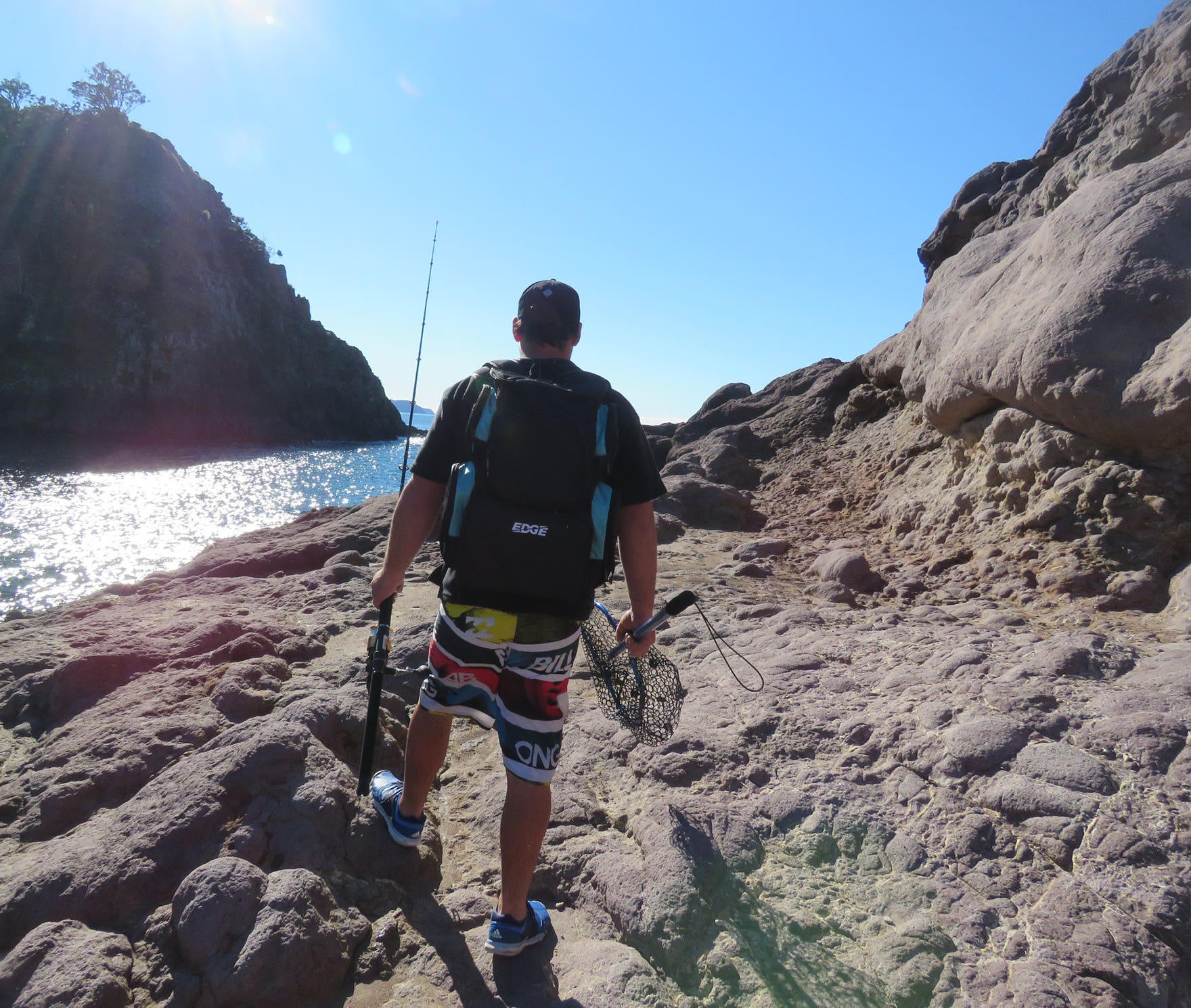

How to make the rig:
Connect the swivel to your main line using a Uni knot, tie the leader to the other end of the swivel with a unit knot and tie your hook to the other end of the leader and you’re done. If using a beak hook, a unit knot is perfect, if using a circle then we suggest a snell knot as it will help to roll that circle into the corner of the fish’s mouth, perfect for catch and release. Alternatively, if you know you are fishing over mud or sand, you could use a ledger or running rig. With this style of fishing an 8-10’ rod will work however, if you need to cast further then a 12-14’ rod will be more effective. Depending on the conditions, a range of sinker weights or styles will help to keep your bait in the strike zone.
Invest in a rock rod spike, this can be jammed into most rocky crevasses and will hold your rod steadily, so you do not need to hold it the entire time. It also keeps it from being smashed around on the rocks.
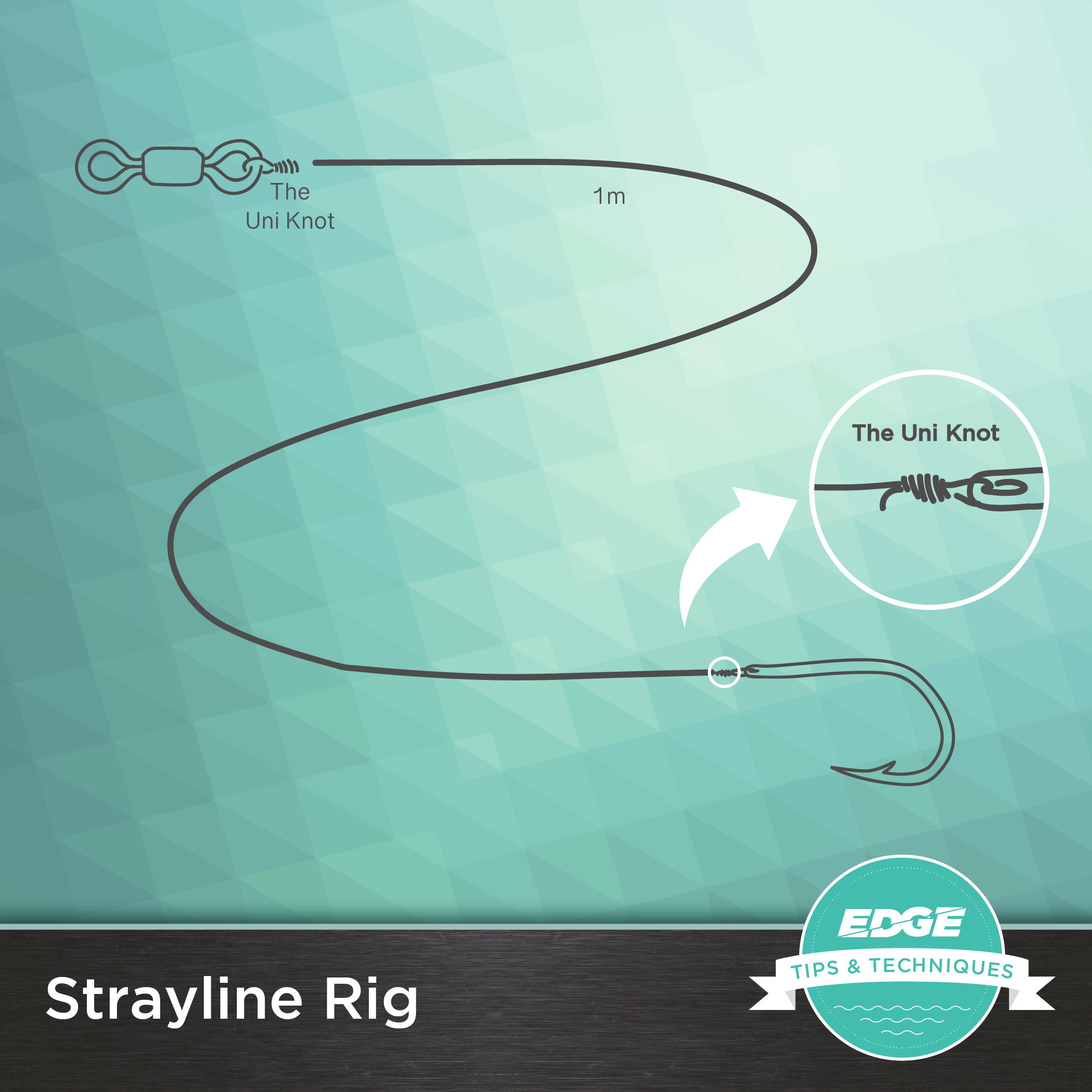

Bait & Berley:
Fresh is best, if you have mackerel or kahawai in the berley trail then those will work exceptionally well. Alternatively, if you are taking bait in, pilchards, squid, mullet, or bonito/skipjack tuna will work well, the latter will enable you to cast larger baits if targeting some of the moochers that often hang around. Incorporate berley into your mission by creating a scent trail to attract fish. Put the berley near a wash rock or gut, this will help to disperse it naturally and effectively to the area you are fishing. Bear in mind though that this will use up the berley quicker, so you may need a larger one or 2 or 3 smaller ones if you are going to be fishing for an extended period.
Patience is key while bait fishing, so settle in, monitor your rod tip for subtle bites, and be ready to set the hook when you feel a run.


Areas to look for: Google maps and Google Earth is your friend here. Look for nice rocky ledges, high current areas, darker patches will mean deeper water. Places where there are plenty of kelp is also good to look for as generally that means there is a food source/place to hide for bait fish, which in turn brings predatory fish to the area. Keep an eye on potential places to land fish too, if you are too high off the water then you will need to lift the fish up the rocks. For smaller fish this is okay, but for larger snapper or kingfish this could be tricky, so it is something to keep in mind.
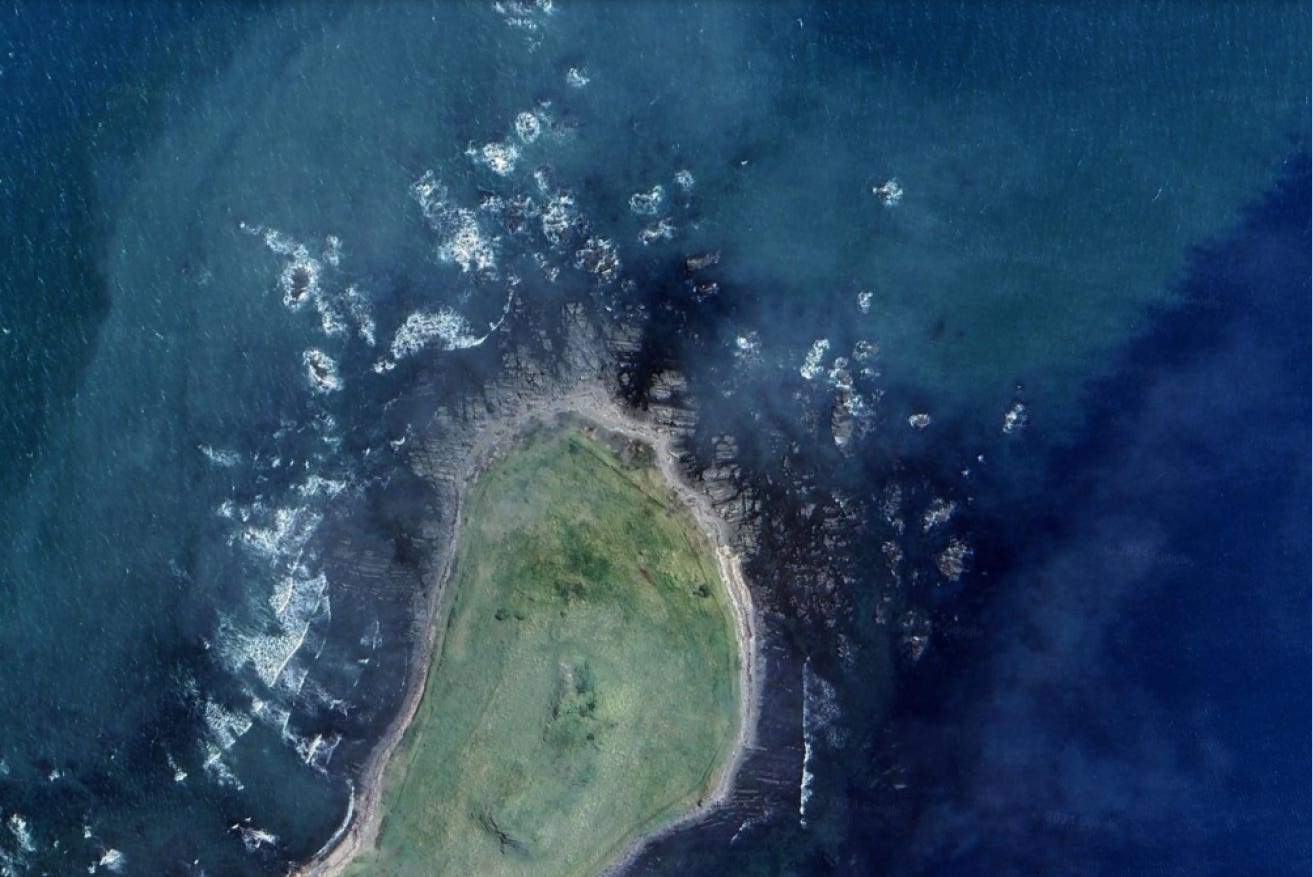

Techniques
Stray lining: Once you are rigged up, cast your line out, remember you do not need to cast too far, snapper and other inshore species feed on crabs, shellfish and bait fish which are usually attached or in close to the very rocks you are standing on. As there is no weight on the line (apart from your bait) this should reduce the number of snags (hooking the kelp) that occurs. If your bait does go into the weed, this rig is much easier to pull your bait out, this is due to having no weight. Normally it is sitting on or near the top of the kelp bed, so a gentle sustained lift usually frees you up. Every couple of minutes make sure you give your bait a slight lift, this keeps it up off the bottom and in the strike zone. As your bait naturally falls through the water column keep an eye on your main line, if it tightens irregularly, you may have been bit. If this happens, let the weight come onto the rod, set the hook and you’re away.
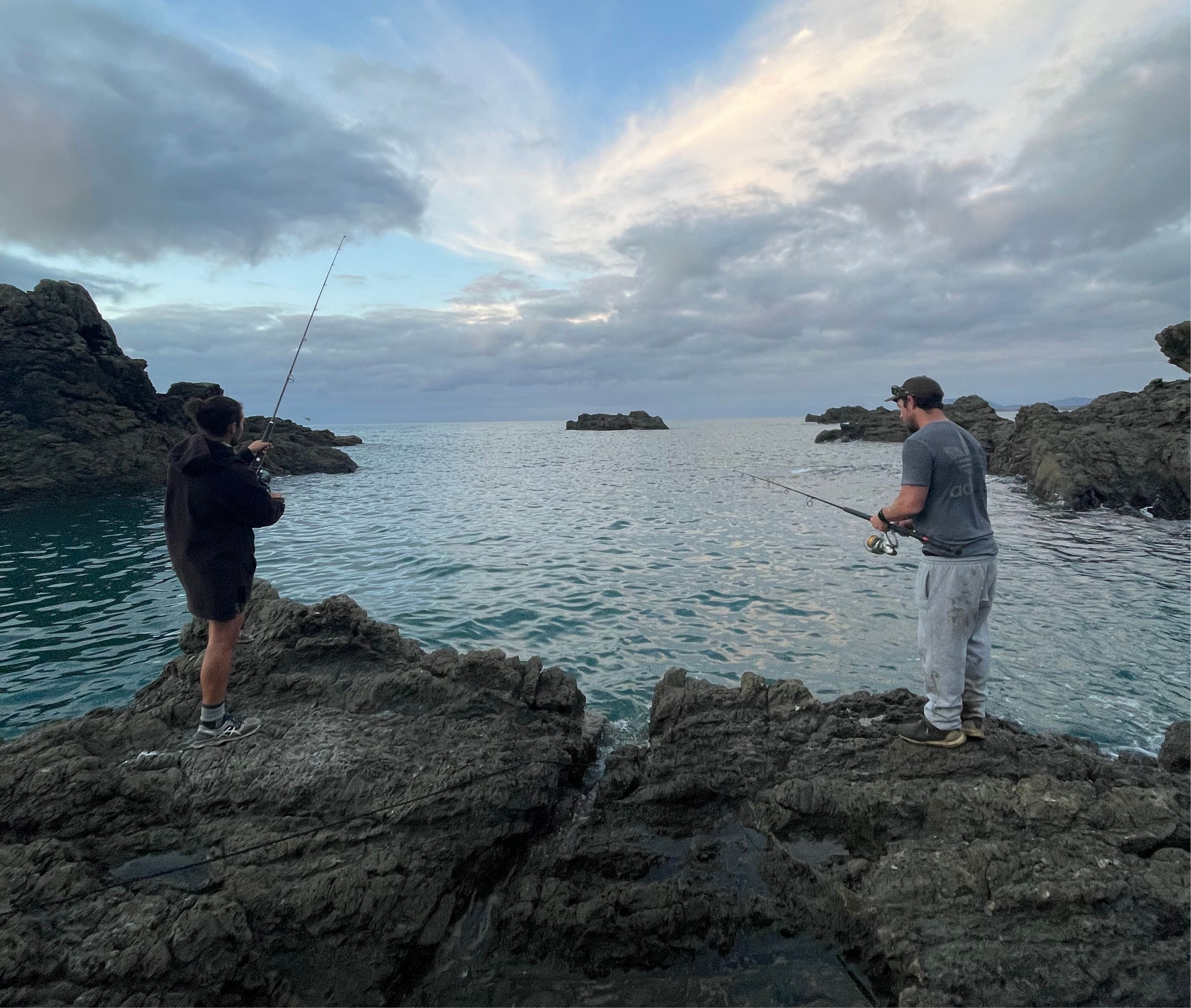

Stray lining reels: From experience, some of the great reels to use while stray lining off the rocks are the Shimano Baitrunner series, there are 3 models to choose from in varying sizes.
The OC series: A great middle of the road combo, best sizes for off the rocks is the 8000 or 12000 sizes, this allows plenty of line capacity if wanting to fish 10kg or 15kg line class, as well as sturdy internals and a smooth drag.
The D series: Middle to higher end reels, an oversized comfortable handle to help with a better crank and retrieve. Better internal componentry offering smoother performance and drag. These have the same spool sizes so ability to fish 10kg or 15kg line class comfortably.
Thunnus range: This is the ultimate in baitrunner style reels and the high-end version from Shimano, this is the authors choice. Featuring the oversized handle for ultimate in comfort, they also have Paladin gearing, this ensures ultra smooth and incredibly strong performance for big fish. The beauty with this range of reels is even if you hook a good kingfish off the rocks, you will have a very good chance of landing it. It has incredible stopping power, a very functional and adjustable baitrunner system and overall drag smoothness.
You can check out the full range of reels at the Shimano NZ website.
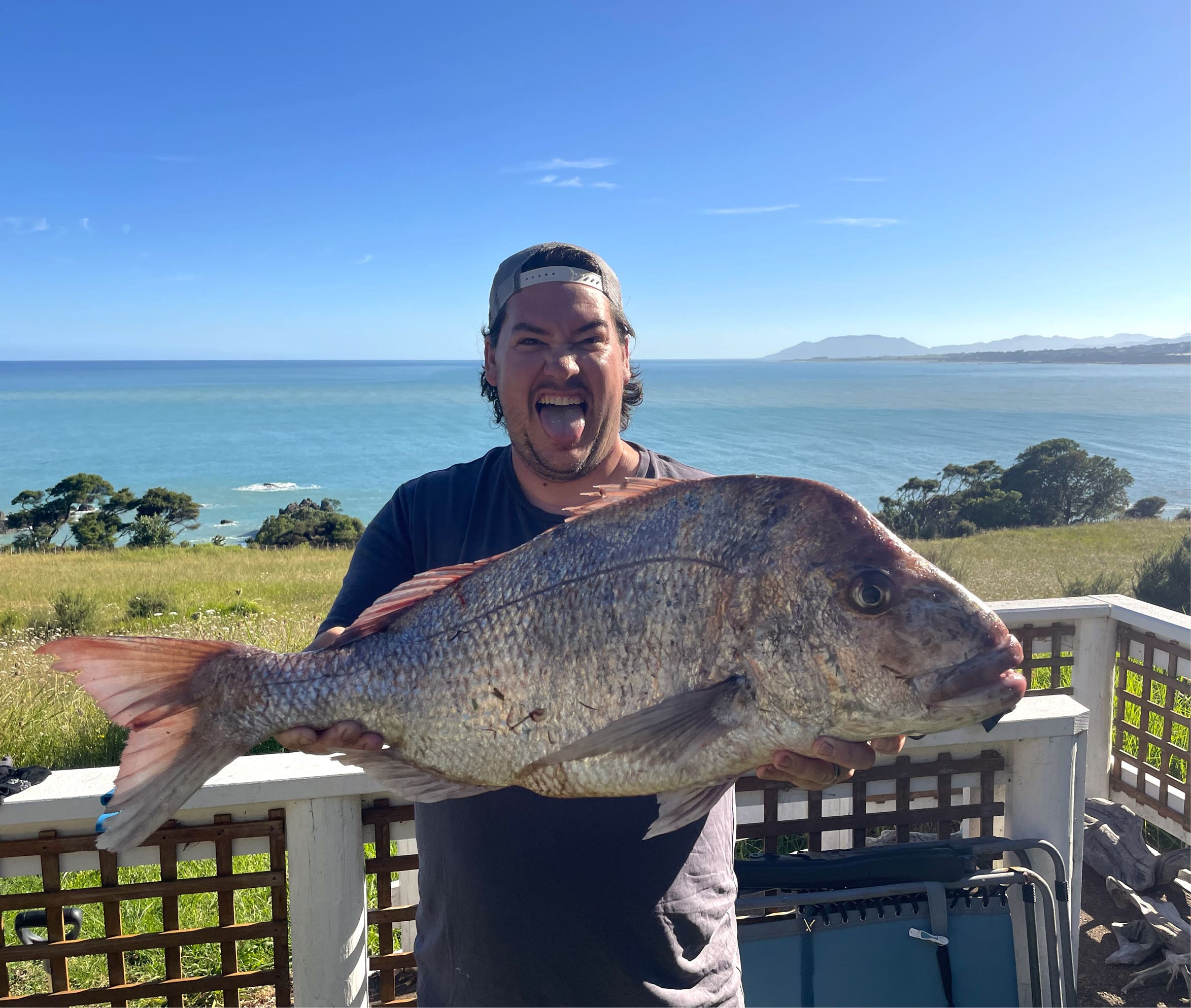

Surfcasting: While the name suggests this is for surf/beach fishing, it can also be a successful way when off the rocks. Sometimes you may not have the luxury of having kelp beds or rocky outcrops within casting distance for stray lining so you may need to have your baits out further. Using a pulley rig or a ledger rig will enable you to get your bait out further and target these areas. Remember though, you will have a sinker on, which will easily get to the bottom and hold your bait in place. When using a sinker, make sure you cast your line onto the sand either in front or to the side of the kelp/rock area that you are targeting. Casting directly into that kelp will most likely result in getting stuck and losing your gear.
As you may be using a longer rod remember to keep the angle of your rod relatively low to avoid high sticking (as you are generally elevated when on the rocks). Also avoid lifting your fish up onto the rocks with the rod. This puts undue pressure and could result in breakages! Instead, lift your fish up by getting a couple of wraps of line around your hand and pulling it up the rocks by hand or, even better, slide the fish into a rocky gut to enable you to get your hands on it.
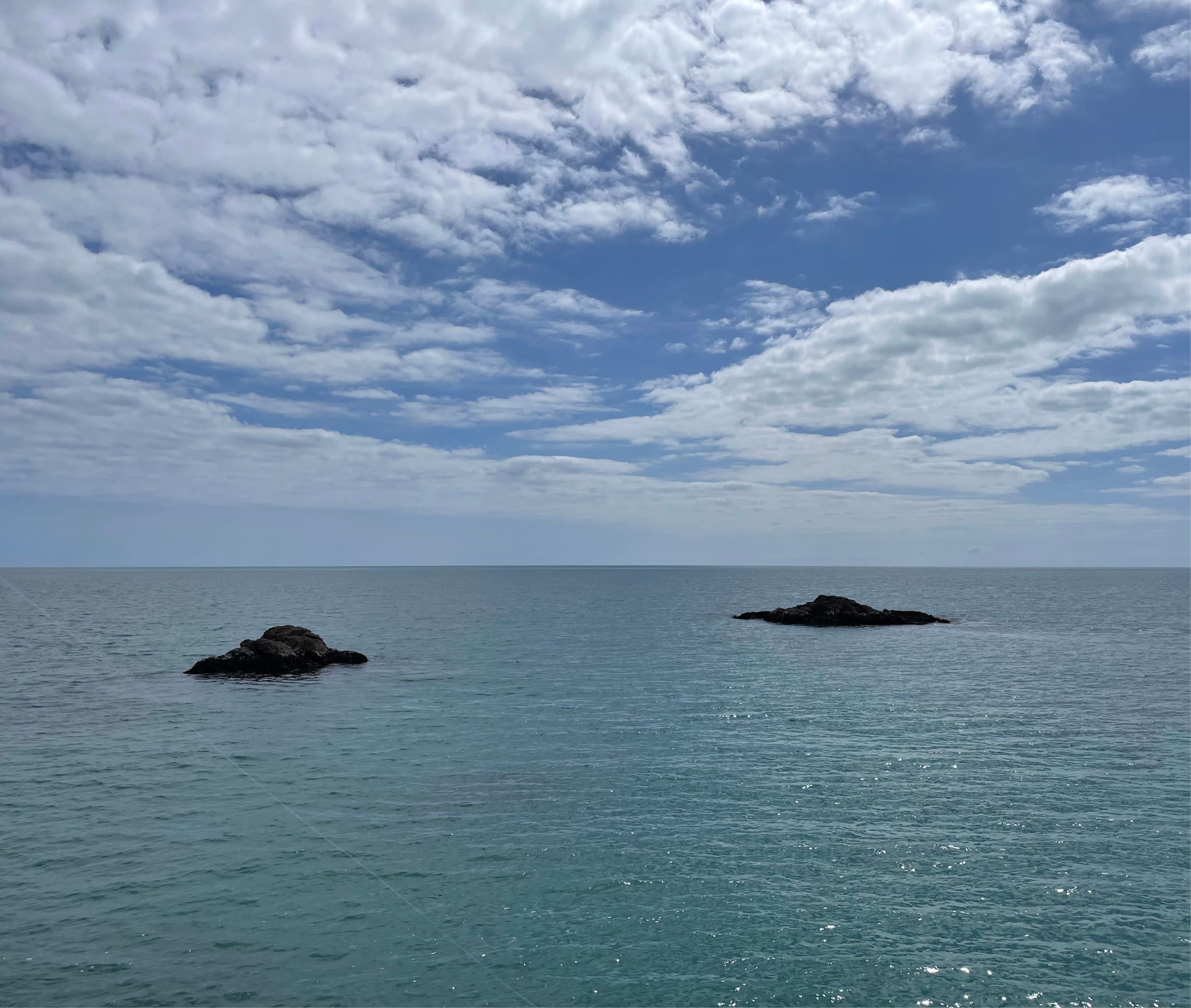

Well, there you have it for part one of our 3-part series on rock fishing. Remember, we are incredibly lucky to have access to this coastline, and with the right times, techniques and tackle, we have the ability to not only get a feed for the family but also catch some incredible fish.
Take only what you need, practice catch and release where you can, and most importantly, if you take any gear or rubbish with you, remember to take it home and dispose of it correctly.
Now get out there, enjoy your surroundings, take plenty of photos and make some memories.
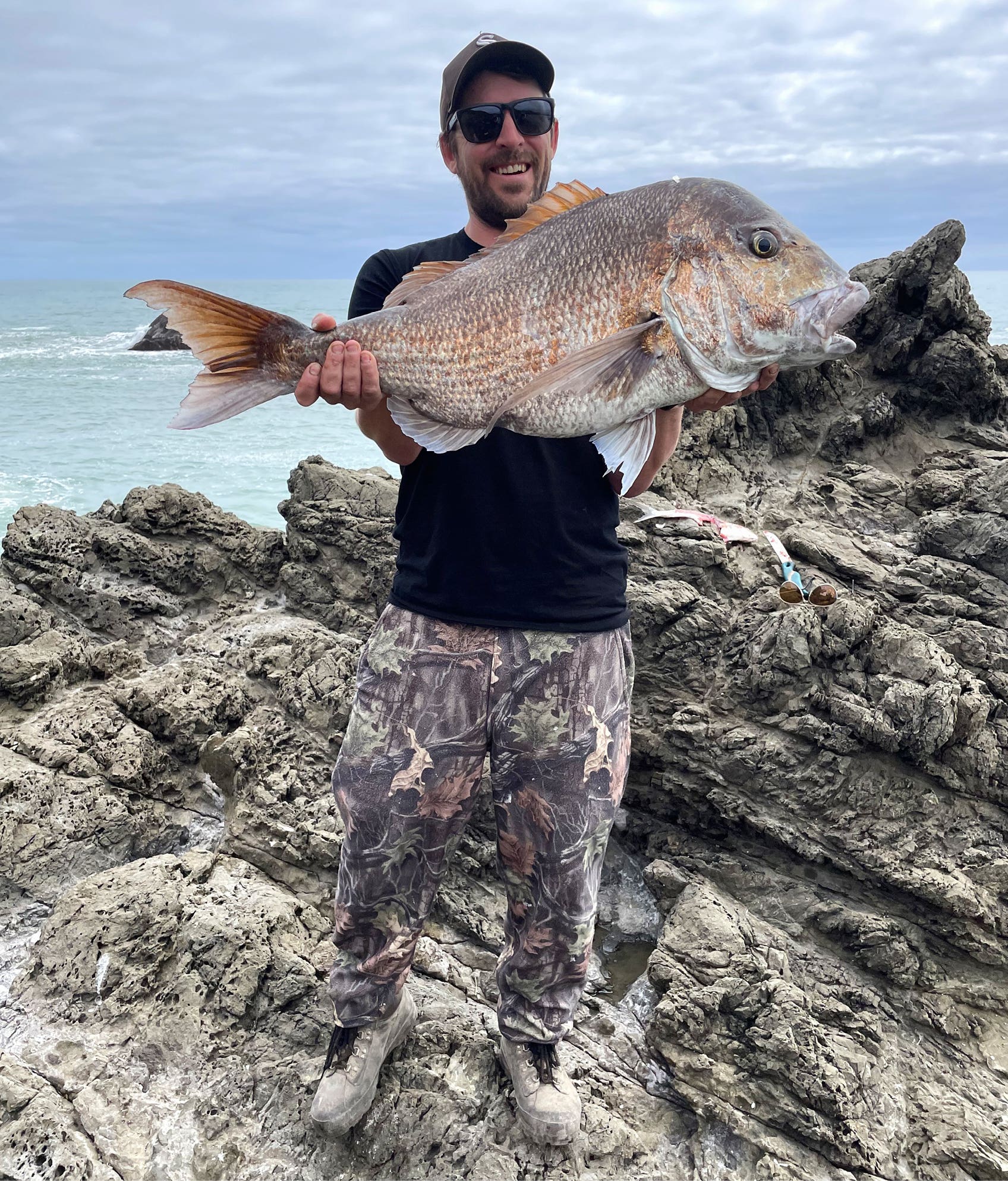

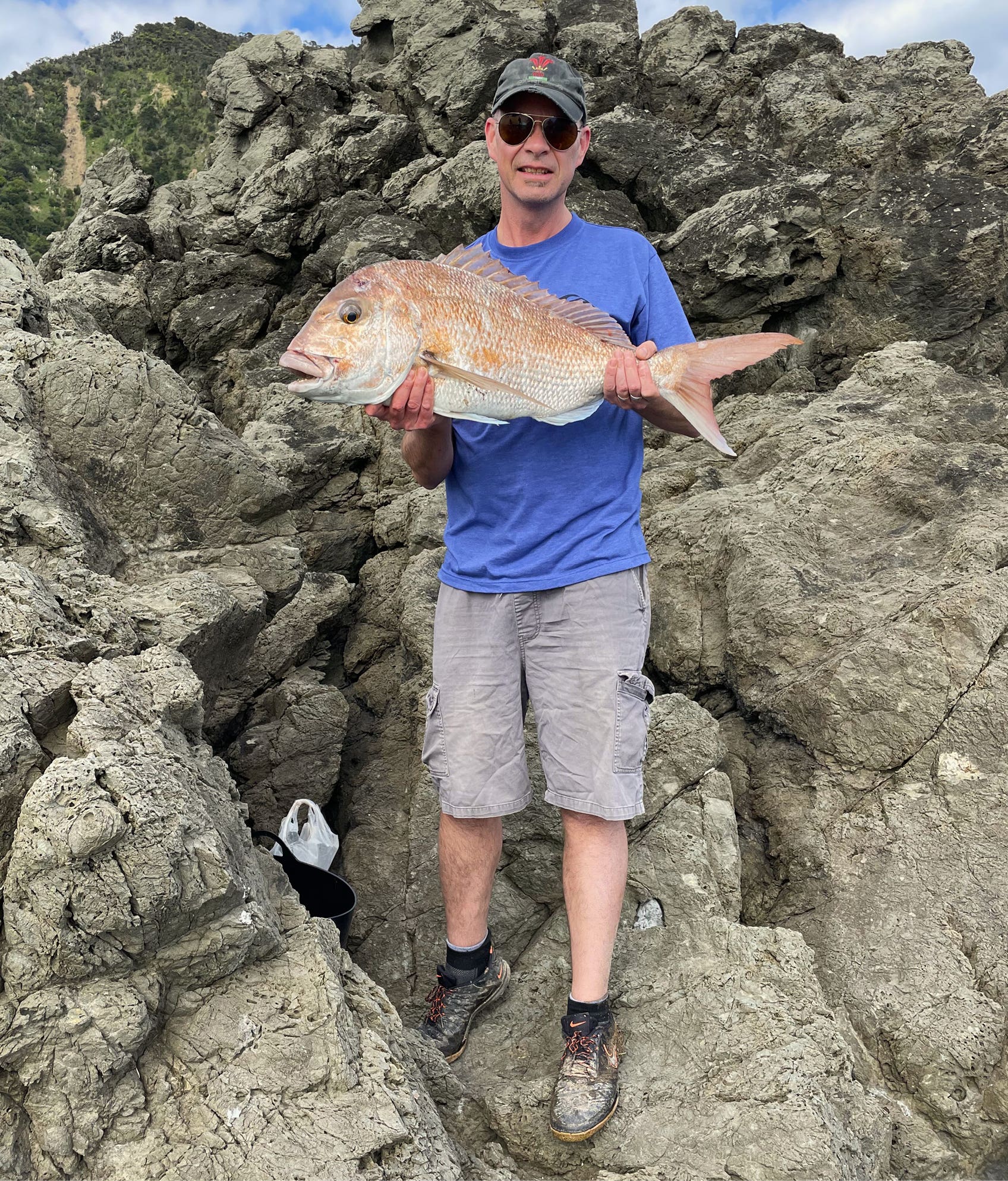

Do you have any questions?
Please, contact our friendly team on 0800 102041 or email: website@burnsco.co.nz
We provide general information on products, not personal advice. Always seek the help of a relevant tradesperson if you have a technical query.

